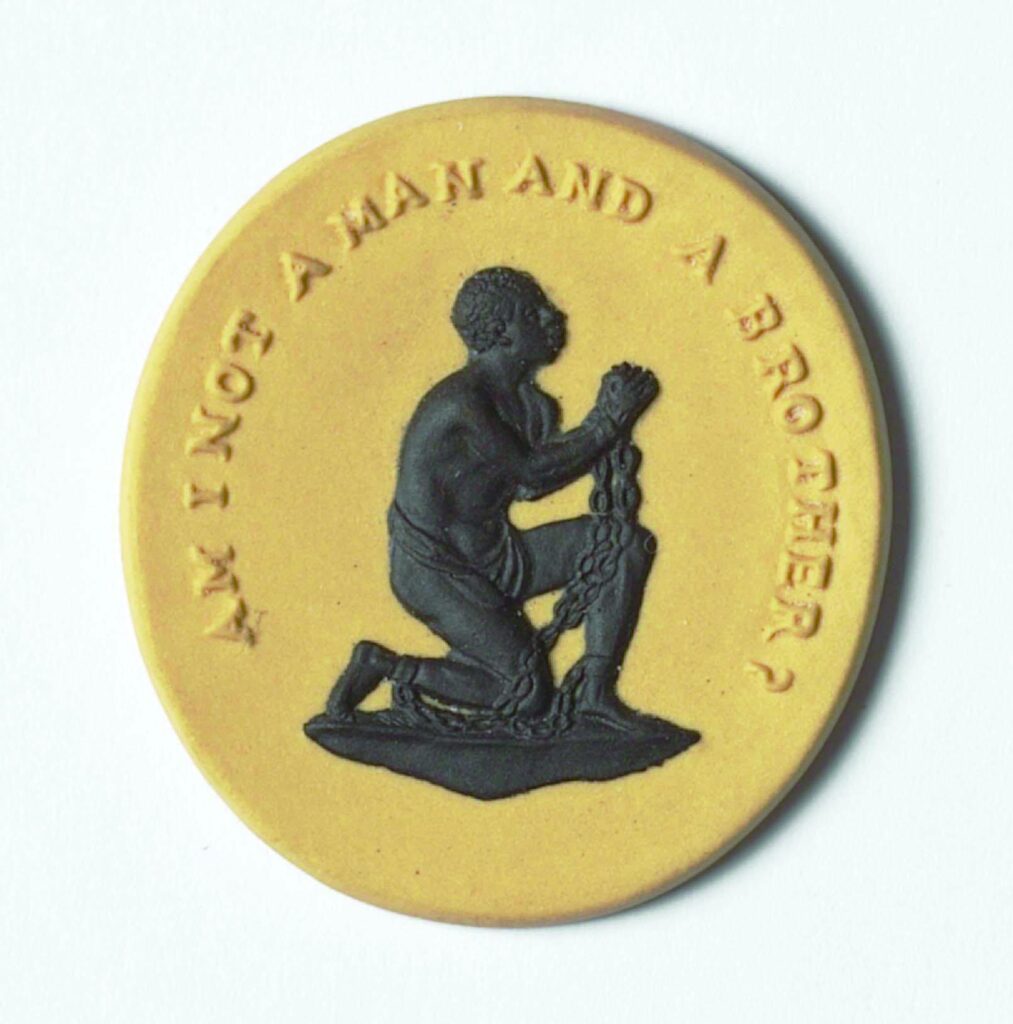
Peter Byus (1800-1867)
Tailor & Freedom Seeker
Peter Byus, who is listed as a tailor in “The People of Color” 1848-1849 Boston Directory,[1] left the following instructions for the executors of his estate:
I desire and direct that my said Executors, should purchase a suitable lot in Mount Auburn Cemetery and see that I am decently interred therein and mark my resting place with a suitable memorial and do whatever they may think is necessary for the preservation of said lot for the years to come.
Today, a touching memorial stands at the corner of Magnolia and Citron avenues to celebrate the life and character of a freedom seeker: “In memory of Peter Byus, Born in Hampshire Country, Virginia, a slave. At the age of about thirty-six, He fled to Boston for freedom where, He resided for the last thirty years. He died the 27 of February 1867. Aged 66 years.”

The inspiration for the monument comes from a black-and-white jasper cameo made by Josiah Wedgwood in 1787. Wedgwood, a prominent abolitionist, created the stirring image for the Quaker-based Society for Effecting the Abolition of the Slave Trade in England. He sent a box of the cameos from England to Benjamin Franklin, who distributed them to abolitionists in the U.S. The medallion became popular in the northeast, and its image appeared in pamphlets and handbills as well as on pottery, pins, charms, and hair ornaments. Abolitionists wanted to reveal “the basic humanity” of African Americans, Bernard F. Reilly, Jr. writes in The Art of the Antislavery Movement. “In an attempt to counter white biases, they offered up the best-known and probably the central image of the antislavery campaign . . . . The image is of a kneeling African man, all but naked, his hands and feet chained, his gaze directed heavenward . . . .”
The medallion shows a kneeling figure in shackles with the inscription from the cameo’s original title, “Am I Not a Man and a Brother?” Carved by sculptor Joseph Carew, the low-relief figure on Byus’s monument is patterned after the same icon, except, in a symbolic gesture, the man has broken free of the shackles, which have separated. Below it reads: “He was a sincere Christian, a true friend, and an honest man.”
Peter Byus is buried in Lot 3752 on Magnolia Avenue.
Footnotes:
[1] “People of Color”: 1848-1849 Boston Directory. See: PrimaryResearch.org.
